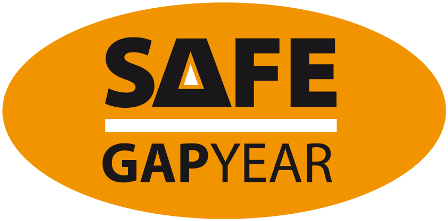Title – Cleared, the householder who killed intruder with shotgun
Source – The Times
Date –12th March 2009
Although not work related this case once again highlights the effectiveness of common law as a defence in a criminal prosecution. Although an extreme and tragic example, which is a little confused with the introduction of the ‘accidental discharge’ element of the case, it still acts as a useful example of the right of self-defence we all have whether at work or not.
It goes without saying that the use of deadly force is not an option that anyone should be taking as a serious consideration in resolving any sort of conflict. However an understanding of the basic principles of criminal and common law will go some way to helping individual who face workplace violence in all its forms, understand the limitations of their actions.
When physical force or the threat of physical force is used against us in any capacity we have the right to defend ourselves under common law. The first and most important act of self-defence is to look at ways of resolving the conflict or at the very least managing it so that it does not turn violent. The simplest and most effective means of achieving this may be to simply walk away and under the law, if this is an option, it should be taken otherwise subsequent actions may be indefensible.
However in the workplace this is not always possible, either because of physical barriers, but more often because the work role means we have to act to defend others or property, which are effectively similar to defending ourselves. In these cases an understanding of the law not only provides boundaries to our actions, but enables us to act in a manner that will be defensible should a prosecution subsequently arise be that criminal or civil.
It is a very fine line sometimes between self-defence and assault, we help candidates stay comfortably on the right side of this line. We help them understand that any physical action must be avoided, unless absolutely and legally necessary. Our
Conflict Management and Resolution (CMR) course provides candidates with systems and strategies to proactively avoid reaching this stage in the first place. Our Physical Intervention (PI) course teaches candidates how to effectively intervene when required, with techniques which are low-impact and professional and which are defensible in court as appropriate to the circumstances.Source – The Times
Date –12th March 2009
Although not work related this case once again highlights the effectiveness of common law as a defence in a criminal prosecution. Although an extreme and tragic example, which is a little confused with the introduction of the ‘accidental discharge’ element of the case, it still acts as a useful example of the right of self-defence we all have whether at work or not.
It goes without saying that the use of deadly force is not an option that anyone should be taking as a serious consideration in resolving any sort of conflict. However an understanding of the basic principles of criminal and common law will go some way to helping individual who face workplace violence in all its forms, understand the limitations of their actions.
When physical force or the threat of physical force is used against us in any capacity we have the right to defend ourselves under common law. The first and most important act of self-defence is to look at ways of resolving the conflict or at the very least managing it so that it does not turn violent. The simplest and most effective means of achieving this may be to simply walk away and under the law, if this is an option, it should be taken otherwise subsequent actions may be indefensible.
However in the workplace this is not always possible, either because of physical barriers, but more often because the work role means we have to act to defend others or property, which are effectively similar to defending ourselves. In these cases an understanding of the law not only provides boundaries to our actions, but enables us to act in a manner that will be defensible should a prosecution subsequently arise be that criminal or civil.
It is a very fine line sometimes between self-defence and assault, we help candidates stay comfortably on the right side of this line. We help them understand that any physical action must be avoided, unless absolutely and legally necessary. Our
At Beyond The Blue we run courses for candidates from many different sectors who face any form of Workplace Violence both from threats, harassment, aggression and physical violence.
We also run a number of courses for those working in the Security Industry. These include; The National Certificate for Door Supervisors (NCDS) designed for those who require an SIA Door Supervisor Licence; In-House Security Induction (IHSI) trains candidates in the specific systems of the premises in which they will be working and meets the SIA recommendation that all security operatives receive bespoke further training above their statutory requirements in relation to the premises and role in which they will operate; Physical Intervention (PI) for those who are required in their role to face and deal with violence in their workplace and may be required to restrain and / or escort aggressive customers; our Conflict Management and Resolution (CMR) course compliments these courses to help employees deal with Workplace Violence and alcohol related disorder.
Please visit our website at www.btbl.co.uk or join us on our Facebook Page and our Facebook Group. For a complete list of Blog entries visit our National Press Archive page.
For more information on any of our services, please call us on 0845 602 55 95 or Contact Us.





No comments:
Post a Comment